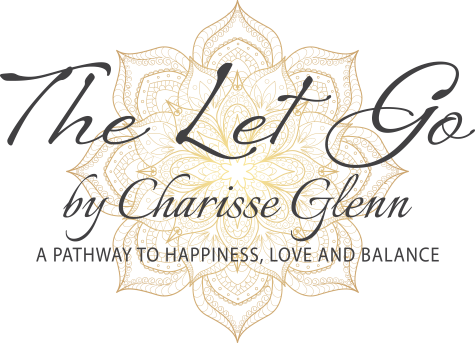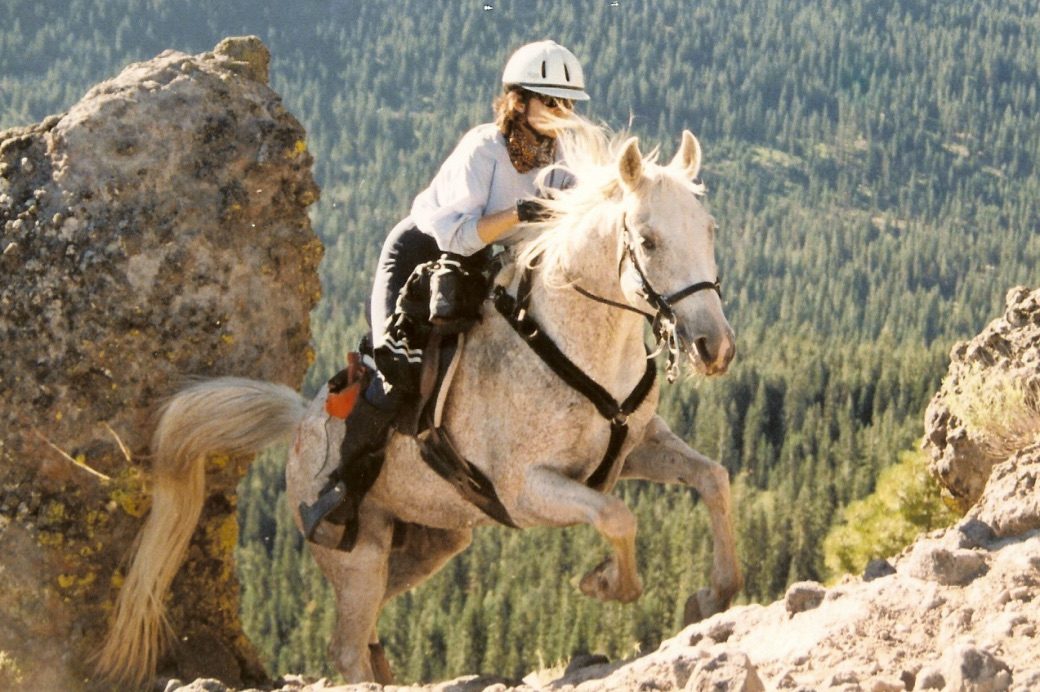For some, the Covid reset has made their lives quieter, with less movement, less stress, a time for introspection and self-discovery. For others, it has been the opposite. For them, the lack of stimulation and activity has been an ordeal, and the silence has become thunderous.
The fear of silence is absolute. Although it was relatively unheard of 50 yrs ago, it became a standard diagnosis 20 years ago. The phobia is called sedatephobia.
Noise is the side-effect of our industrial and technical advancements. Endless sounds of machinery, automobiles, notifications, dings, rings, and buzzing are contributors, filling up the silence. A downside of the all-encompassing noise is hindering our ability to be comfortable when life goes quiet.
Do you need to fill in the blanks when silence lurks? Do you speak to hear your own voice, getting anxious when there is a lull in the conversation, or can you bask in the quietness?
Feeling compelled to fill in the pauses when speaking can be motivated by the threat of silence. When we do not know what is coming next, silence can create anxiety. As horror filmmakers know, silence is a way to build tension and suspense. To avoid these uncomfortable feelings, we fill in the pause, thereby removing the cause of the stress.
Why do we need the pause?
The pause is the period at the end of a sentence.
The pause is the white space around a piece of art.
The pause is the settling into harmony.
The pause is the reprise from movement.
The pause is the recovery needed to excel.
The pause is the place where our thoughts can catch up with the conversation.
Our brains do not process as quickly as people speak. Without the pause, essentially the periods and commas that slow down and separate thoughts, the run-on sentence’s message can get lost.
Subconsciously we fill in conversations with filler words just as we add distractions in life, allowing procrastination to hinder our accomplishments. Filler words are roadblocks to effective dialogue.
Ah, hum, uh, erm, kind of, like, you know, I mean, okay, so, actually, basically, right, and honestly are among the more prevalent.
To communicate in a way to be understood is to use language, so we are best heard. Becoming aware of how often we use filler words begins with consciously thinking before we speak.
We use filler words as our brains formulate what we want to communicate—the more precise our intention, the more concise our words. While an occasional filler word is okay, it will not distract from the impact of what you are saying; repeatedly using them will derail the influence your comments will have.
One way to hear how often we use these fillers is to record yourself in everyday conversations with friends. Most of us use a few of the fillers repeatedly and others on occasion. As with all habits we want to let go of, it begins with the desire to change, the consciousness to be aware when we are doing it, and the diligence to stop the old behavior. If we are persistent in removing the conduct, 21-40 days is considered the time it takes to break a habit and reset our brain neurology.
Why do we feel the need to run away from silence?
Without noise, we are left with ourselves. This poses the question why are we afraid of being with ourselves? Altering how we view any situation allows us to adjust our thoughts about something. The triggers we may have for one condition can easily be alleviated if we modify our views.
Let’s relook at how a pause can bring joy into our lives instead of turmoil.
What gives us pause?
Waiting for a pot of tea to brew.
The fragrance of a flower in bloom.
Watching a puppy or kitten play.
The smell of a baby’s head.
The kindness of a stranger.
Letting go of the negativity we have associated with quietude allows us to understand how silence enhances us as conscious beings.
A gauge of a great relationship, whether with friends or lovers, is when we can be together and let the silence blanket us. The need for constant chatter leaves, and we are left with the energy of the moment. We become receptive to the power and insight that silence presents. The pause creates a space for depth and clarity of understanding. When you next feel the need to fill in space, take a moment to remember, the power of the pause.
“Patience is an inner pause, a brief stillness, a moment we give ourselves to breathe through our initial reaction so we can move to the place where a calm, thoughtful response is born. Patience is a gift of time we give ourselves so we can give the gift of peace to others.”
―






Patrick Day
Another great one. Thank you!
Lin Hultgren
🙏🏻💫❣️